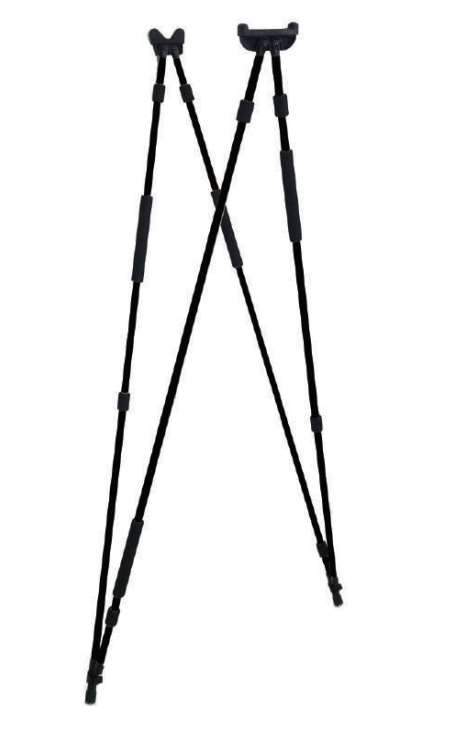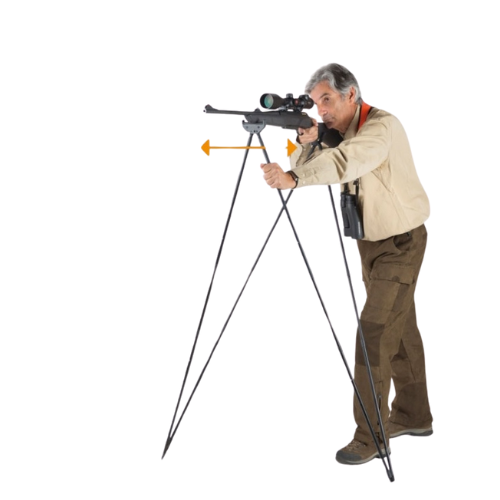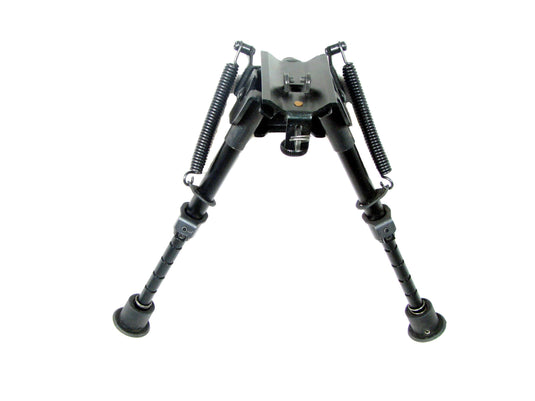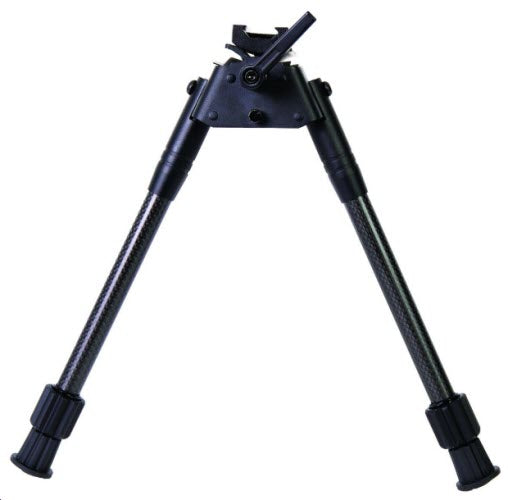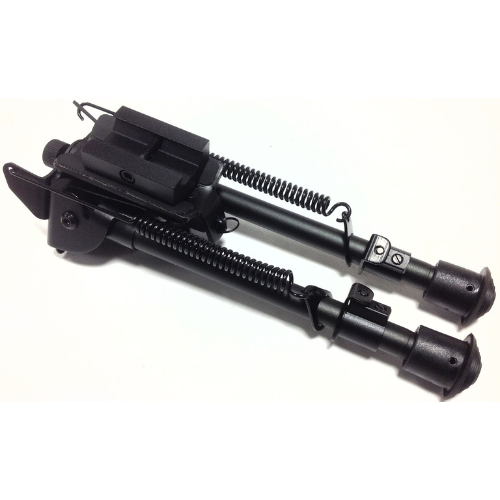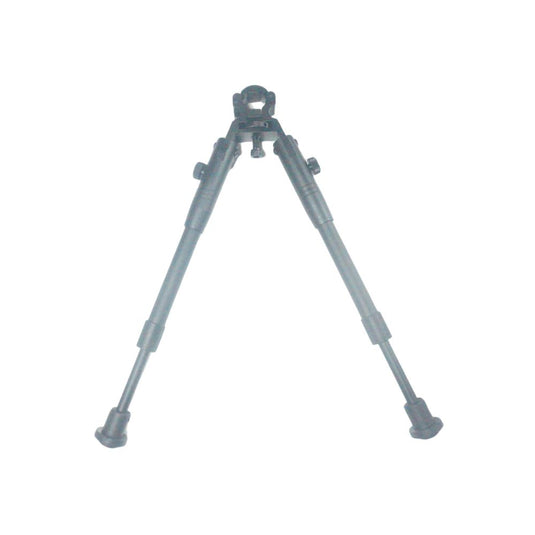Bipod & Shooting Sticks: Enhancing Your Precision and Stability
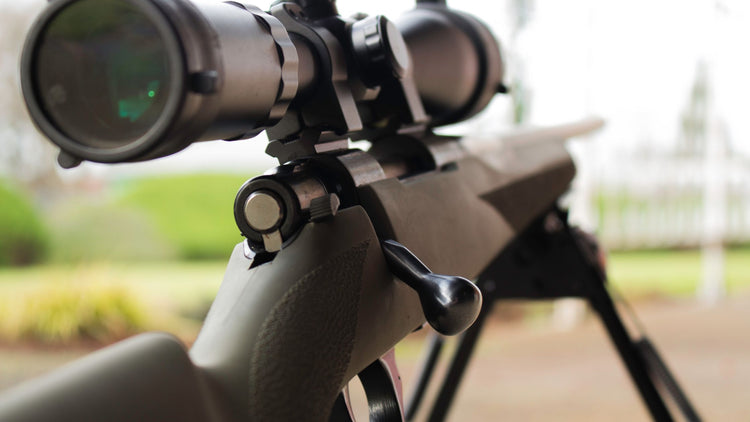
Bipod & Shooting Sticks: Enhancing Your Precision and Stability
Whether you're a seasoned hunter, a competitive shooter, or a hobbyist who enjoys a day at the range, the quest for precision and stability is ever-present. In this pursuit, bipod shooting sticks have emerged as an indispensable tool, offering a perfect blend of support and flexibility. This blog delves into the world of bipod shooting sticks, exploring their benefits, types, and tips for choosing the right one for your needs.
What are Bipod Shooting Sticks?
Bipod shooting sticks are support tools designed to stabilize a firearm, allowing for improved accuracy and reduced shooter fatigue. Typically, they consist of two extendable legs connected at a pivot point, forming a V or U shape that cradles the rifle. These sticks can be adjusted for height, making them suitable for various shooting positions, whether standing, kneeling, or prone.
Benefits of Using Bipod Shooting Sticks
-
Enhanced Accuracy: By providing a stable shooting platform, bipod shooting sticks minimize the natural sway and movement that occur when holding a firearm unsupported. This stability translates into more accurate shots, especially over long distances.
-
Reduced Fatigue: Holding a rifle steady for extended periods can be tiring. Bipod sticks bear the weight of the firearm, allowing the shooter to focus on aiming and firing without experiencing arm fatigue.
-
Versatility: Bipod shooting sticks are versatile tools that can be used in various terrains and shooting scenarios. Whether you're in a dense forest, an open field, or a rocky hillside, these sticks offer reliable support.
-
Improved Precision in Adverse Conditions: In challenging conditions such as strong winds or uneven ground, bipod sticks provide a steady base, ensuring your aim remains true despite external factors.
Types of Bipod Shooting Sticks
-
Fixed-Length Bipods: These are sturdy and often preferred for their simplicity and reliability. Fixed-length bipods are generally lighter but offer less flexibility in terms of height adjustment.
-
Adjustable Bipods: Featuring telescoping legs, adjustable bipods can be tailored to different heights and shooting positions. This adjustability makes them ideal for shooters who frequently switch between standing, kneeling, and prone positions.
-
Pivoting Bipods: Equipped with a pivot mechanism, these bipods allow for smooth tracking of moving targets. The ability to tilt and pan can be crucial in dynamic shooting scenarios.
-
Tactical Bipods: Designed for military and law enforcement applications, tactical bipods are built to withstand harsh conditions. They often include features like quick detach mounts and additional swivel options.
Choosing the Right Bipod Shooting Stick
When selecting a bipod shooting stick, consider the following factors to ensure it meets your specific needs:
-
Purpose: Determine the primary use of the bipod—whether for hunting, target shooting. Each scenario might require different features.
-
Adjustability: Look for bipods with adjustable legs if you need versatility in shooting positions. Ensure the adjustments are easy to make and secure.
-
Weight and Portability: If you'll be carrying the bipod over long distances, opt for lightweight models that are easy to transport.
-
Durability: Consider the materials used in construction. High-quality bipods made from aluminum or carbon fiber are both durable and lightweight.
-
Mounting Options: Ensure the bipod is compatible with your firearm. Some bipods attach to Picatinny rails, while others might require specific adapters.
-
Budget: While higher-end bipods offer advanced features, there are plenty of affordable options that provide excellent performance for recreational shooters.
Tips for Using Bipod Shooting Sticks
-
Practice Regularly: Like any shooting accessory, familiarity with your bipod is crucial. Practice setting it up and making adjustments quickly and efficiently.
-
Maintain Your Bipod: Regularly check for wear and tear, especially on the pivot points and leg extensions. Clean and lubricate as needed to ensure smooth operation.
-
Experiment with Positions: Test the bipod in different shooting positions and terrains to understand its capabilities and limitations.
-
Use Additional Support: In challenging conditions, combine the bipod with other supports, such as sandbags or a rear rest, for maximum stability.
Conclusion
Bipod shooting sticks are invaluable tools that significantly enhance shooting accuracy and stability. Whether you're hunting game or hitting targets at the range, investing in a quality bipod can make a world of difference. By understanding the different types, features, and best practices for use, you can choose the perfect bipod shooting stick to elevate your shooting experience. So, gear up, get out there, and shoot with confidence.
Bipods & Shooting Sticks
4.92 / 5.0
(13) 13 Translation missing: en.genaral.accessibility.total_reviews
5.0 / 5.0
(2) 2 Translation missing: en.genaral.accessibility.total_reviews
5.0 / 5.0
(1) 1 Translation missing: en.genaral.accessibility.total_reviews
5.0 / 5.0
(1) 1 Translation missing: en.genaral.accessibility.total_reviews
5.0 / 5.0
(2) 2 Translation missing: en.genaral.accessibility.total_reviews
5.0 / 5.0
(1) 1 Translation missing: en.genaral.accessibility.total_reviews

